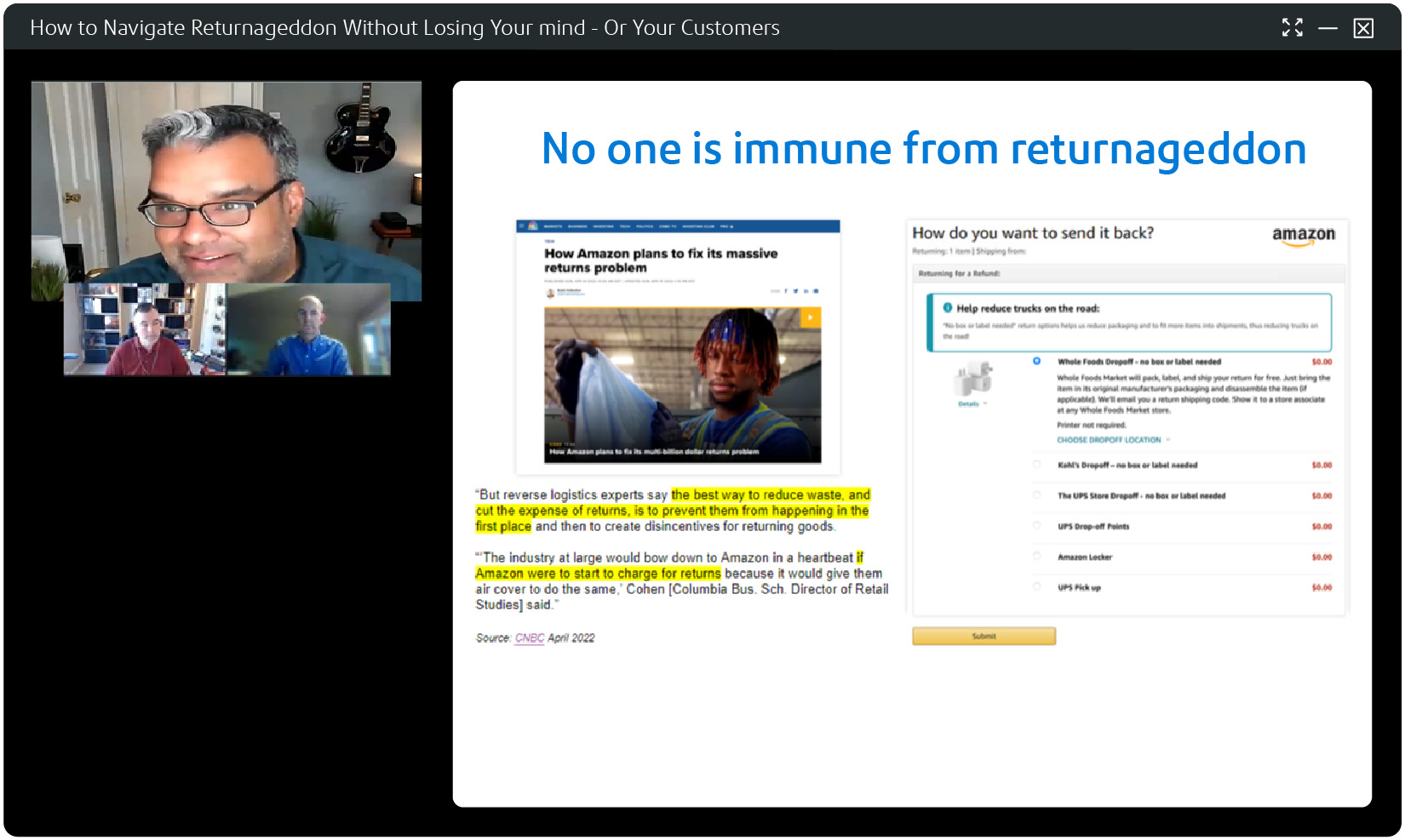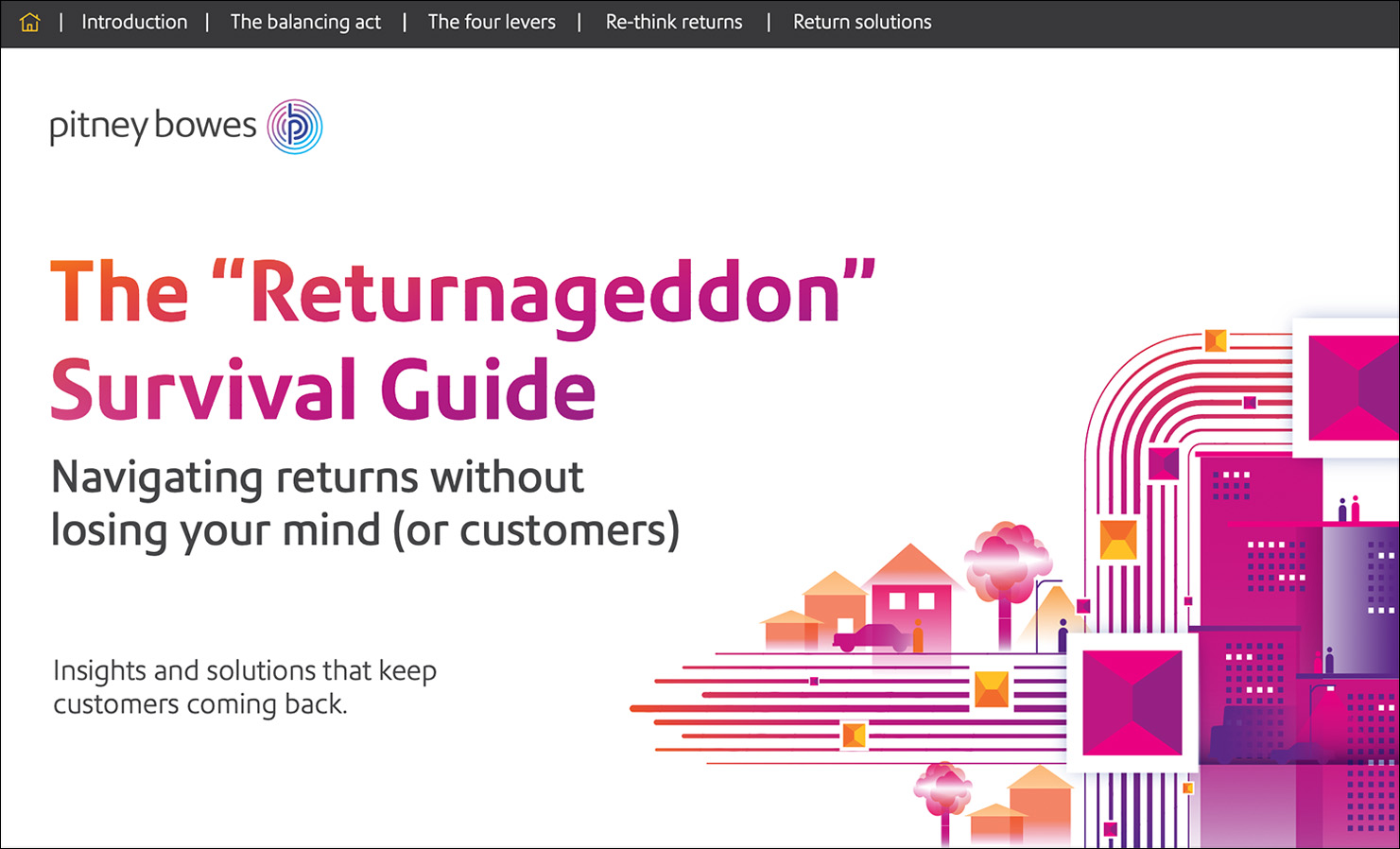Over the river and through the woods to drop off pants and shirts
Ecommerce returns and drop-off trips go together like peanut butter and jelly, milk and cookies, even Tom and Jerry. You (usually) just can’t have one without the other. Drop-off is the predominant method available to consumers, with almost 70% of retailers offering return drop-off at brick-and-mortar stores, carrier locations, lockers and kiosks. Home pickup is much less common—according to our BOXscore secret shopping data, only 19% of online retailers offer it.
We polled US consumers about returns distance—specifically, the furthest they’d be willing to drive and how far they actually drive to drop off an online return. This data can help inform online retailers’ decisions about the size of the drop-off network they need to achieve convenience for their customers.
We found that the average American consumer typically travels about 6 miles and is willing to go almost 9 miles for a return drop-off. For comparison, Canadian consumers —who drive much shorter distances on average and use public transit more often—are accustomed to traveling just over half the distance (3.4 miles, or 5.4 km) of Americans and are willing to go just 5.5 miles, or 8.8 km.
Community population density impacts shoppers' inclination to travel, with rural American (11.4 miles) willing to travel a full 3 miles further than city-dwellers (7.7 miles).
An efficient drop-off network that reduces consumers’ travel will in turn optimize costs for retailers by keeping return cycle times low.
However, there are a few additional layers of complexity for retailers to consider. Previous BOXpoll research reveals the need for efficient drop-off networks that reduce consumers’ travel, in turn optimizing costs for retailers by keeping return cycle times low:
- The average consumer collects multiple online returns before making the trip for drop-off. In the common scenario where packages need to go to different carriers (groan), the total distance covered for returns can balloon over the total desired travel distance of 8.7 miles.
- The prospect of spending an entire afternoon on a Tour de Drop-Off can contribute to consumer procrastination and longer trunk times, creating a drag on retailers’ inventory costs, eroding margins, and contributing to uncertainty around labor and space planning.
We advise that brands not only ask their returns vendor(s) how far on average they are from the consumer, but also consider their customers’ other potential drop-off destinations and total travel mileage.
For more of our insights designed to help retailers navigate the challenges of meeting consumer preferences amid rising return volumes and higher costs, check out our Returnageddon ebook and webinar:
BOXpoll™ by Pitney Bowes, a weekly consumer survey on current events, culture, and ecommerce logistics. Conducted by Pitney Bowes with Morning Consult // 2200 US consumers surveyed April 2023. © Copyright Pitney Bowes Inc.



